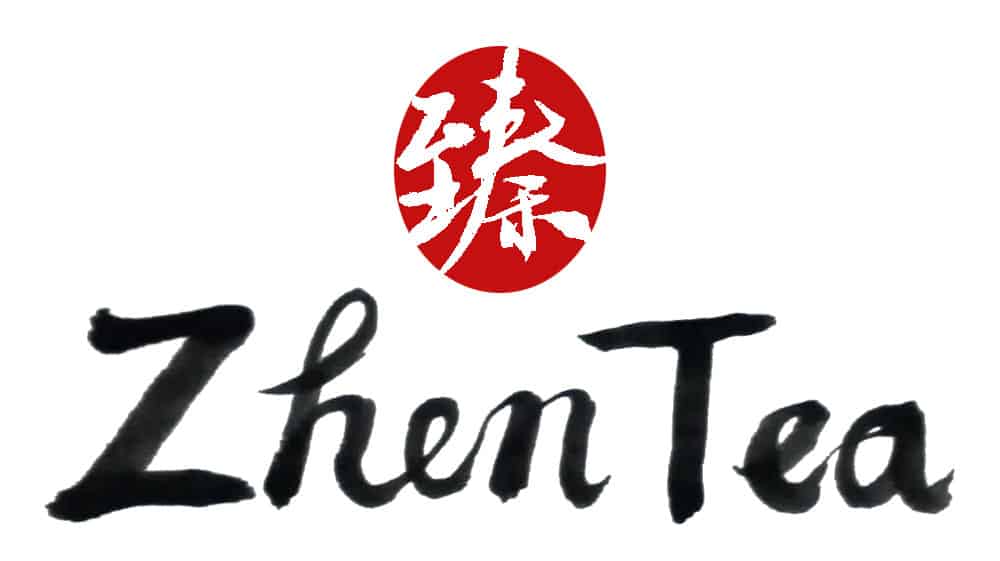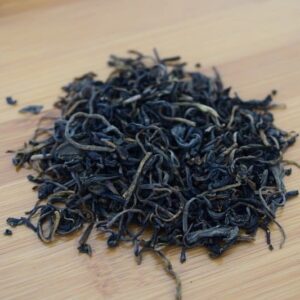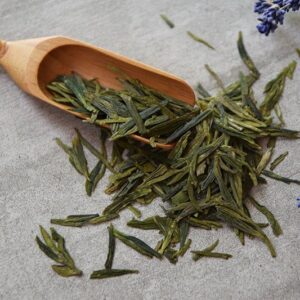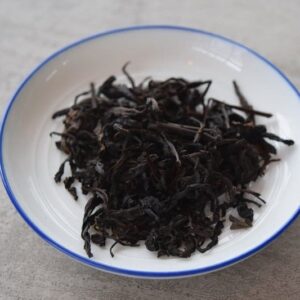Synopsis
To obtain a scientific way of classifying teas, the method has to show the systematic link between quality, process, and internal material changes. The primary difference between various teas are the differences in characteristics and qualities, and the major contributing factor to these differences is the process. Therefore tea processing should be the foundation of a tea classification system.
Tea classification should use the tea processing method as its base. In the long history of making tea, different types of tea gradually emerged. Every type of tea shares a similar way of making. This tea process similarity is reflected in the similarity of the final tea, and vice versa, teas that are similar in their qualities and characters will share a similar process.
SIP ALONG with
-
Huang Da Cha
$8.00 – $28.00
This blog post is the synopsis and reading notes of the article Tea Classification in Theory and Practice by Professor Chen Chuan, translated by Michael Salt, librarian, East Asian History of Science Library, Cambridge (Journal d’agriculture traditionnelle et de botanique appliquée Année 1981 28-3-4 pp. 329-344).
Watch the Youtube video for the full walkthrough.
The link to the translated article is in the description box on Youtube.
Reading Notes
P.332, para.2. “character” might be better understood as characteristics and/or quality. It is the translation of the Chinese word “品质”, it could be character and/or quality, in the original version, the meanings were used interchangeably.
P.332, para.2. “history must be made the order”, “should be made the order” is closer to the original tone.
P.332 para.3. “quantitative change becomes qualitative”. A confusing translating for English readers. Mr. Chen Chuan is expressing the accumulative work that eventually hit the “tipping point” that marks the birth of a new tea type.
P332 para.4. “yellow alkane alcohols (several teas are polyphenolic)” should be “flavonoids (tea polyphenols)”.
P332, para.4. “do not eliminate the rank vegetative smell of the leaf”. It’s the opposite of the original meaning. It should be “The flavonoids are not oxidized in the process of eliminating the rank vegetative smell of the leaf (kill green 杀青)”.
P332, para 4. “produce colour” is a tea term and shouldn’t be translated word for word. 渥堆着色 means “piling” in dark tea production.
P332, para 5. “two teas are widely different in character if they were processed in different ways”. Logically reversed compared to the original, which emphasizes that when seeing teas widely differing in characteristics we can conclude that they were processed in different ways.
P332, para 5. “seasoned red tea”, gongfu black tea.
P332, para 5. “small seed red tea”, souchong black tea (sea Sunday Tea Book ep 28 for a deep dive on Souchong).
P332, para 5. “Cut Fine (qie xi)” CTC black tea.
-
Da Ye Qing
$8.00 – $29.00 -
Ming Qian Dafo Long Jing
$32.00 – $118.00 -
Ming Qian Not Long Jing
$8.00 – $29.00 -
Tian Jian
$9.00 – $150.00








